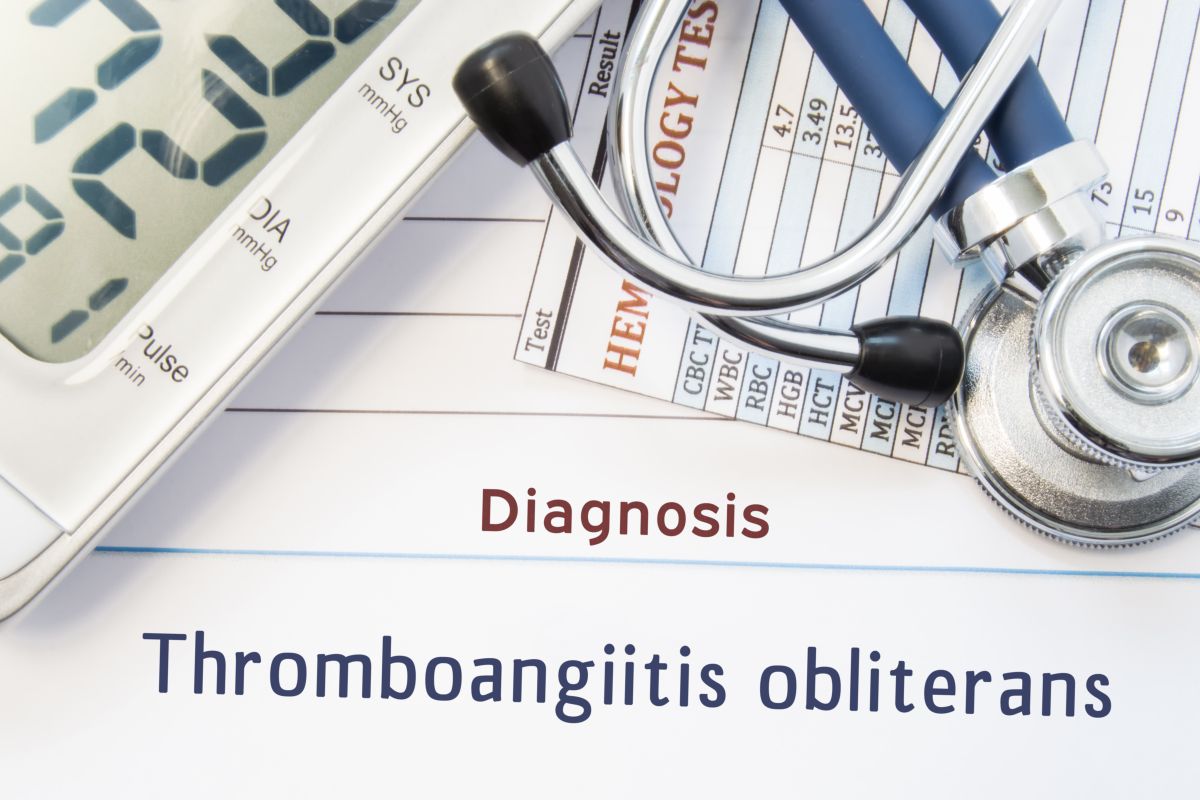Health
Buerger’s disease: what it is, what the symptoms are and how to treat it

Buerger's disease or disease is inflammation of certain arteries in the legs and arms. Let's find out why it occurs and how to act.
When we talk about Buerger's disease we mean the disease better known as thromboangiitis obliterans . An inflammation of the small and medium-sized arteries of some superficial veins and which, as such, can lead to arterial ischemia or thrombophlebitis .
This disease seems to occur mostly in people who are used to consuming tobacco. It also tends to mostly affect men ranging in age from 20 to 40. Here's everything you need to know about it.
Buerger's disease: causes and symptoms
As already mentioned, Buerger's disease occurs mostly in people who smoke. It is therefore a disease linked to tobacco consumption . That said, this disease is still quite rare and under study. It is therefore likely that some of the causes are still unknown. One of the many hypotheses , still under study, is for example that of a genetic predisposition.

Specifically, it is an inflammation of the blood vessels (also known as vasculitis) and affects both the small and medium-sized arteries as well as the connected peripheral veins and nerves.
The symptoms for those who suffer from it are mostly linked to blood circulation, they appear in a slow and progressive mood and are summarized in:
– Development of finger injuries
– Pain in hands and feet
– Formation of ulcers
– Development of sores on the extremities of the body
– Changes in the color of the fingers
– Pain in legs and ankles when walking
– Gangrene of the tissues
– Cold limbs
– Pain in legs and arms even at rest
– Arterial ischemia of the legs
– Reduction of thermal sensitivity
– Thrombosis
– Muscle cramps
– Reduced tactile sensitivity
The presence of this disease, which is a rare disease , can lead to the development of other syndromes such as Raynaud's disease. Between the two, however, the Buerger is more painful, with more varied symptoms and with greater difficulty in treating them.
Also, in more serious cases, Buerger's disease can lead to serious complications such as stroke, heart attack, transient ischemic attack, and amputation of fingers and toes.
How to recognize the disease
Generally, the presence of one or more symptoms alone should be one more reason to investigate. In this case, it is important to consult your doctor who, after tracing a medical history, will move on to more specific tests including angiography, endocardiography , ultrasound, magnetic resonance angiography and ABI (examination based on the evaluation of blood pressure differences between the arteries of the leg).
It is also important to perform a differential diagnosis to rule out other diseases such as atherosclerosis, endocarditis, other types of vasculitis, blood clotting disorders and other diseases such as lupus, scleroderma and the aforementioned Raynaud's disease.
How to cure Buerger's disease
There is currently no specific cure for this disease. However, there are several treatments that can help slow or reduce it. The first thing to do is quit smoking. Which, strange as it may seem, in some cases can lead to a total remission of the disease . If this is not the case, there are drugs that can give relief to various ailments leading to blood thinning. Then there are anti-inflammatories to relieve painful symptoms.
To all this must also be added a better lifestyle , healthy eating and the practice of the right physical activity. For the rest of life it will also be important to avoid sudden temperature changes, cold and taking drugs that can lead to vasoconstriction.
In this way, although not yet curable, the disease is much easier to manage.
Riproduzione riservata © - WT











